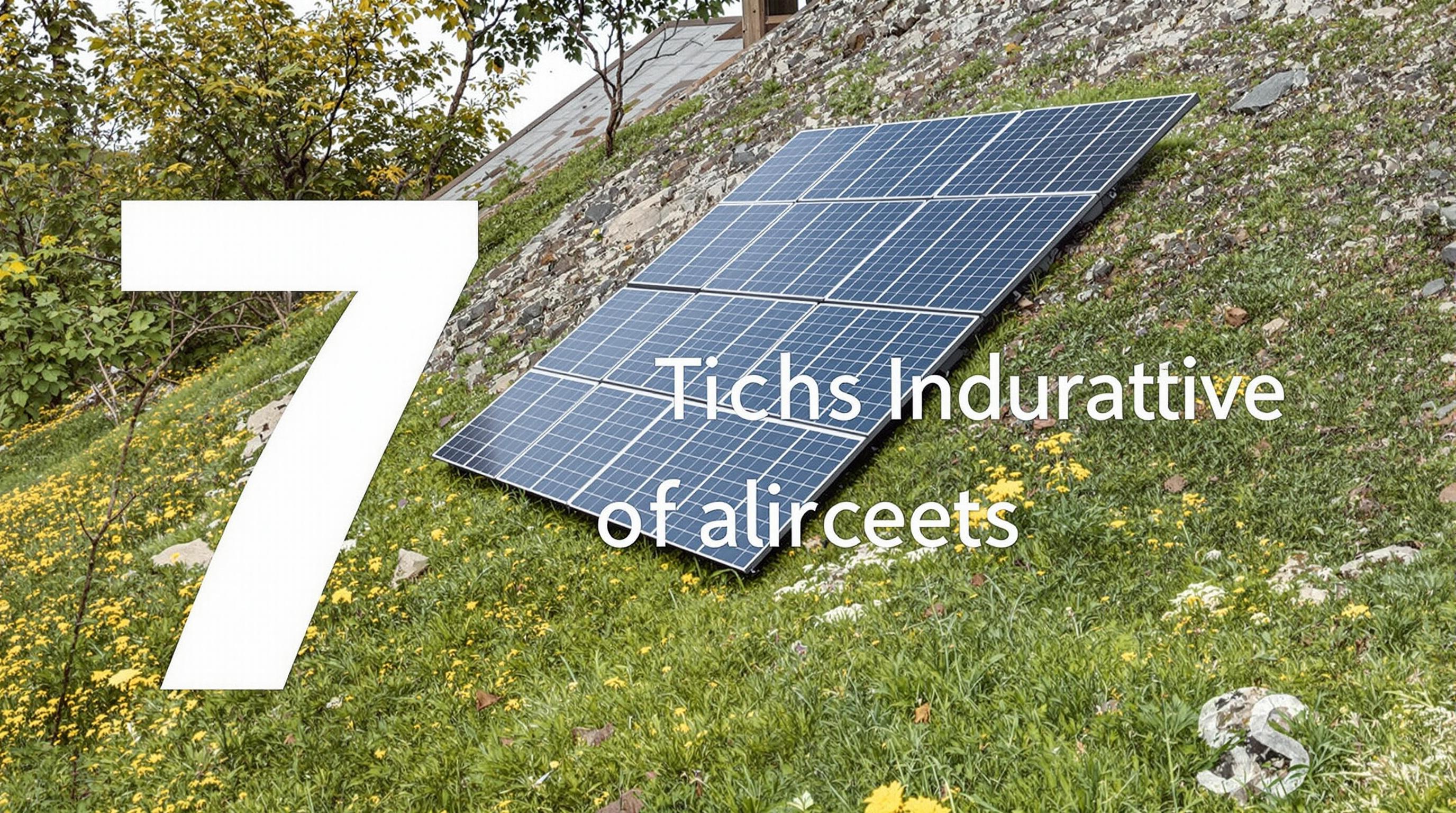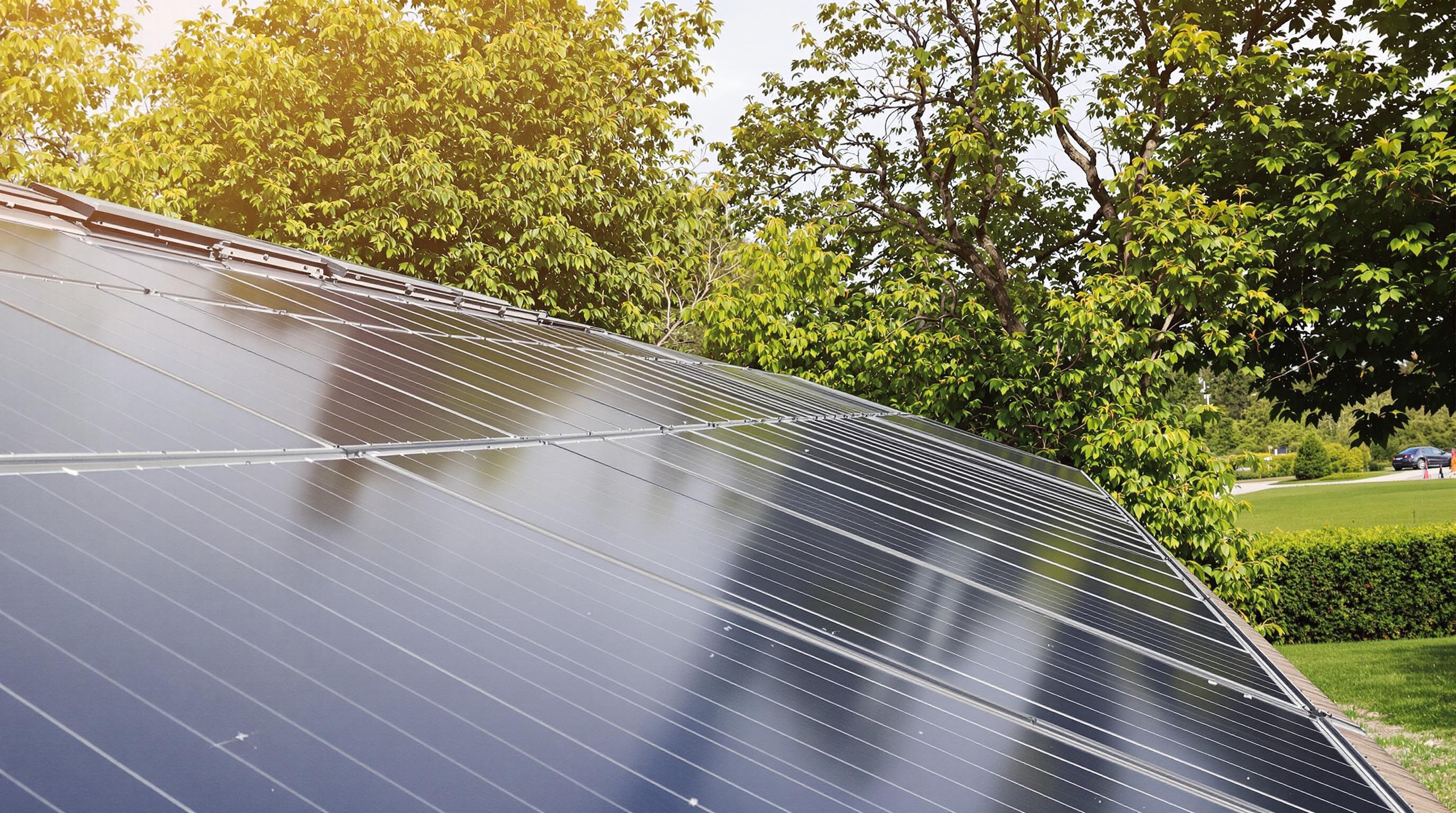Related Articles
- When Solar Meets Survival: How Remote Communities Forge Resilience Beyond Conventional Energy Networks
- Top 6 Solar Panel Warranty Plans from 2019-2024 That Actually Protect Your Investment Better Than the Rest
- Unlocking Community Power: Unseen Financial Models Transforming Renewable Energy Access in Rural Areas
- Unearthing the Shadow Market: How Forgotten Solar Tech Affects Modern Energy Futures
- Unlocking Soil Secrets: How Earth’s Microbes Influence Solar Panel Efficiency in Unseen Ways
- 7 Game-Changing SolarRoof Mounting Solutions From the Last Five Years You Haven’t Heard About
Top 7 Cutting-Edge Solar Technologies Launched Since 2019: Durability and Performance Ranked
Top 7 Cutting-Edge Solar Technologies Launched Since 2019: Durability and Performance Ranked
Top 7 Cutting-Edge Solar Technologies Launched Since 2019: Durability and Performance Ranked
1. Perovskite Solar Cells
Perovskite solar cells have revolutionized the solar industry with their rapid efficiency improvements. Since 2019, lab achievements pushed efficiencies beyond 25%, rivaling traditional silicon panels. Their thin structure allows for versatile applications, including flexible and portable solar devices.
Durability remains a challenge with perovskites. Researchers have focused on improving resistance to moisture, heat, and UV exposure. Recent advancements incorporating hybrid materials have extended their operational life from months to several years under real-world conditions.
Performance-wise, these cells maintain high energy conversion rates even in low-light settings, broadening their usability. Still, large-scale commercial deployment awaits further breakthroughs in long-term stability and scalable manufacturing processes (Nature Energy, 2021).
2. Bifacial Solar Panels
Bifacial solar panels capture sunlight from both their front and rear surfaces, boosting energy output. Since 2019, enhancements in glass and frame design have increased their exposure and longevity, making them ideal for ground-mounted and rooftop systems.
Durability gains come from tempered glass and reinforced frames that resist environmental wear and mechanical stress. These improvements prolong panel lifespans beyond 30 years without significant performance degradation.
Performance increases by up to 20% compared to traditional panels, depending on installation height and surrounding surfaces. Their ability to harvest reflected light makes bifacial panels a preferred choice for maximizing power generation in diverse environments (Energy Journal, 2022).
3. Tandem Solar Cells
Tandem solar cells stack multiple light-absorbing materials to capture a broader solar spectrum efficiently. Since 2019, tandem architectures using silicon and perovskite layers have hit conversion efficiencies above 29%, breaking previous single-junction limits.
The layered design poses durability challenges, especially at material interfaces. Progress in encapsulating techniques and interface engineering has enhanced resistance to moisture and thermal cycling.
This technology offers considerable potential for high-performance applications where space and efficiency are critical. The complexity of manufacturing remains a hurdle, but pilot projects demonstrate promising durability and sustained power output (Science Advances, 2023).
4. Floating Solar Farms
Floating solar farms have attracted attention since 2019 as a solution for land scarcity. Installed on reservoirs and lakes, they offer cooling effects that boost panel efficiency and reduce evaporation.
Durability in aquatic environments is enhanced by corrosion-resistant materials and robust anchoring systems. Maintenance protocols address biofouling and water-level fluctuations to ensure lasting performance.
Performance benefits include reduced panel temperature and increased irradiance reflection from water surfaces. These installations provide scalable renewable energy with minimal land impact, proving their worth in dense urban regions (Renewable Energy World, 2021).
5. Solar Skin Design Technology
Solar skin technology integrates aesthetic designs onto panels without compromising efficiency. Since 2019, advancements in customizable photovoltaic films enable seamless blending with roof tiles, enhancing visual appeal.
Durability tests confirm these films resist UV degradation and physical abrasion. Adhesion improvements prevent peeling, maintaining both functionality and appearance over time.
While efficiency suffers a marginal drop (around 5%) compared to traditional panels, the trade-off supports wider adoption, especially in residential zones with strict aesthetic regulations (Advanced Energy Materials, 2020).
6. Solar Tracking Systems
Solar tracking technologies have evolved to increase panel exposure to sunlight dynamically. Since 2019, smart dual-axis trackers with integrated AI optimize angle adjustments for maximum energy capture.
Durability considerations focus on robust motors and sensors capable of withstanding harsh weather. New materials and streamlined designs reduce mechanical wear and maintenance needs.
Performance gains average 15-25% over fixed systems depending on location. These systems are especially beneficial in high-insolation but variable environments, improving overall return on investment (Renewable Energy Reviews, 2022).
7. Building-Integrated Photovoltaics (BIPV)
BIPV incorporates solar elements directly into building materials like windows and facades. Since 2019, transparent and semi-transparent cells allow daylight transmission while generating electricity.
Durability is ensured through tempered glass encapsulation and UV-resistant coatings. These materials withstand weathering and thermal cycling typical in architectural applications.
Though efficiency levels are lower than standard panels (typically 10-15%), BIPV provides multifunctional benefits by reducing building energy demands and enabling net-zero energy designs (Journal of Cleaner Production, 2023).
Conclusion: Balancing Durability and Performance
The solar technologies launched since 2019 classify a new era where efficiency and resilience grow hand in hand. Perovskite and tandem cells lead in raw performance but need durability refinement. Bifacial and tracking systems marry proven robustness with notable energy gains.
Innovations like floating farms, solar skins, and BIPV expand solar's versatility in installation and aesthetics, crucial for real-world adoption. Durability measures, including advanced materials and engineering, ensure lifecycle longevity.
These advances collectively push solar energy towards greater affordability and integration, positioning it to meet global climate and energy needs sustainably.



